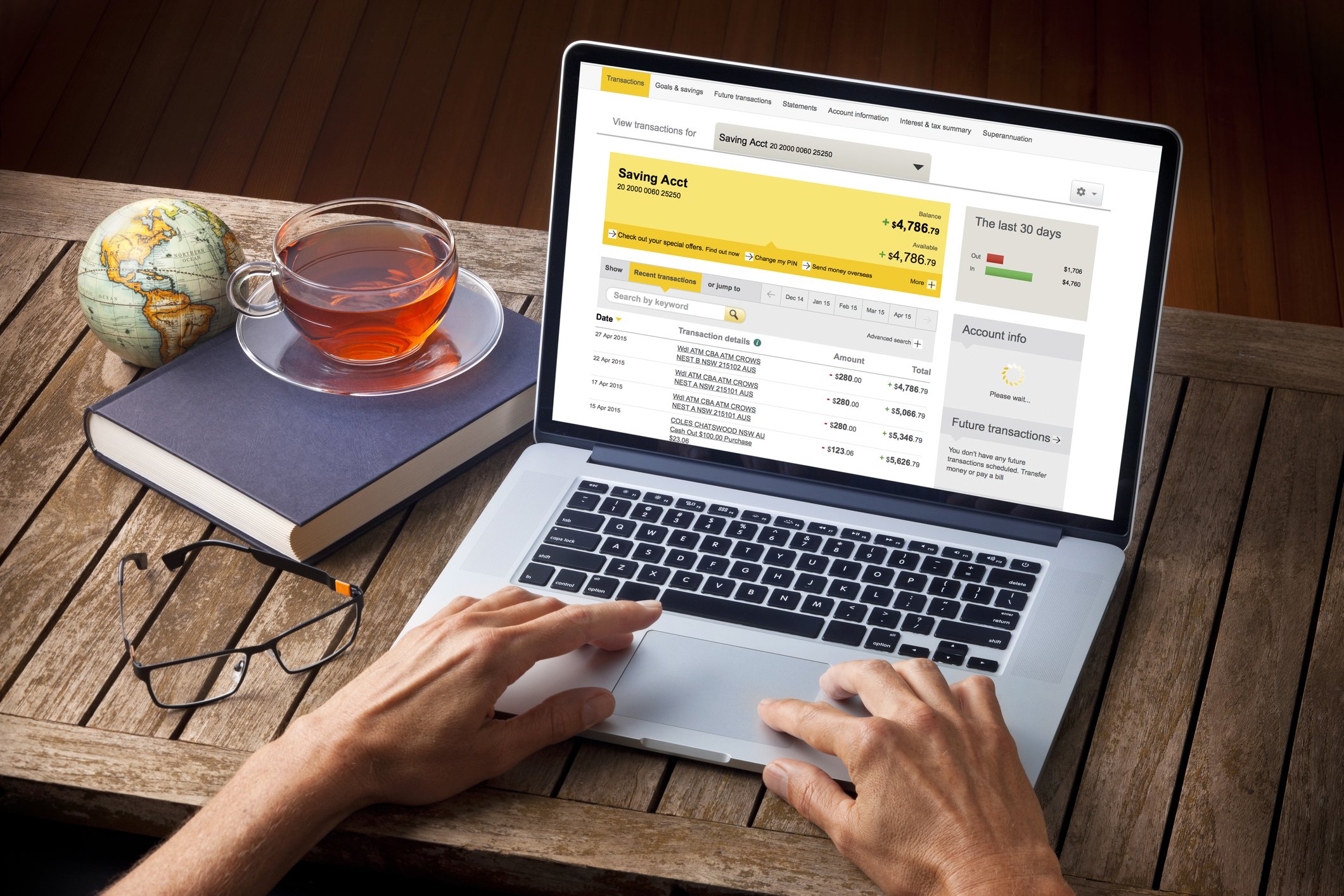Saving for Something? Here’s How to Make It Happen
You’ve got something in mind—maybe it’s new headphones, a concert ticket, or even your first car. Whatever it is, you know it costs money, and right now, your wallet isn’t quite there yet. That’s where saving comes in. The good news? You don’t need to have a lot to start. You just need a plan, a little patience, and a goal that actually means something to you.
In this post, we’ll break down how to set a financial goal and actually reach it—no stress, no guesswork, and no boring lectures.
Get Clear On What You’re Saving For
First things first—what do you actually want? Be specific. Don’t just say “I want money.” Say “I want £150 for new sneakers” or “£300 for a festival pass.” When you name it, you can aim for it.
Pro tip: Write it down. Keep it somewhere you’ll see it often—like your phone lock screen, a note on your mirror, or even a sticky note in your wallet.
Find Out What It Costs
Now that you know what you want, look up the actual price. Don’t guess. Go online, check current prices, and factor in taxes or shipping if needed. This helps you set a real target, not just a rough idea.
Example: That “£80” item might actually be £95 after tax and delivery. Better to know that upfront.
Set A Deadline That Makes Sense
A goal without a deadline is just a wish. Pick a date when you want to have the money saved. It can be short-term (a few weeks) or longer (a few months). Just make sure it’s realistic based on how much you can save each week.
Example: If you want £200 and can save £20 a week, you’ll need 10 weeks. Done.
Break It Into Small Do-able Pieces
Once you’ve got your total and your deadline, do the math. Divide your goal by the number of weeks or months you have. This tells you exactly how much to set aside each time.
Tip: Create a tracker—draw it, use a spreadsheet, or grab a free savings goal app. Watching your progress makes it feel real and motivating.
Make It Automatic (If You Can)
If you earn money from a part-time job, gigs, or allowance, try to set aside your savings right away—before you spend. Even better, use a separate account or envelope so you’re not tempted to dip into it.
No job? That’s okay. Sell old clothes, do small tasks, or save part of birthday money. It all counts.
Keep Your Eye On The Prize
Some weeks will be easy. Others, not so much. That’s normal. When it gets tough, remind yourself why you’re doing it. Picture what it’ll feel like when you finally buy that thing with your money.
If you fall behind, don’t quit—adjust. Maybe push your deadline back a week or save a little more the next time you can.
Final Thought
Saving isn’t about having it all—it’s about planning for what matters to you. And when you reach your goal? That thing you buy feels way better because you earned it. Start small, stay consistent, and give yourself some credit along the way. You’ve got this.
Money Saving Expert is a journalistic website that aims to provide the best MoneySaving guides, tips, tools and techniques for people of all ages.












